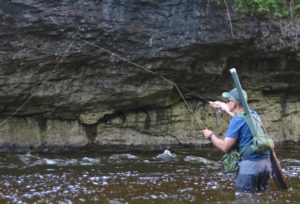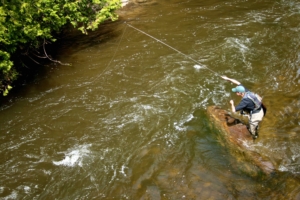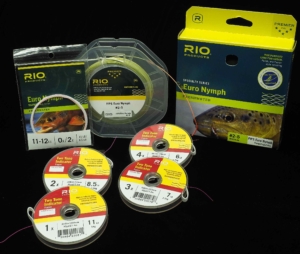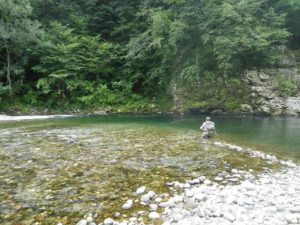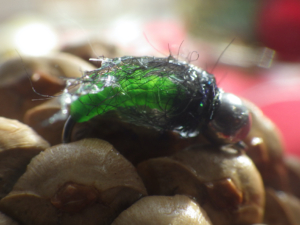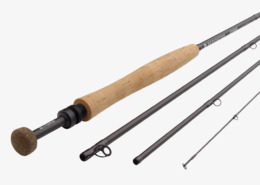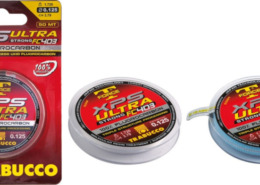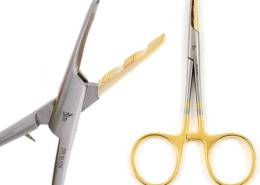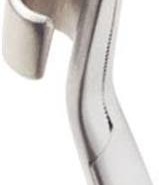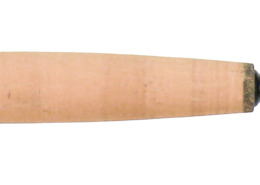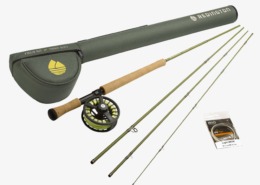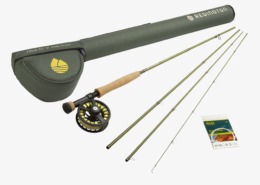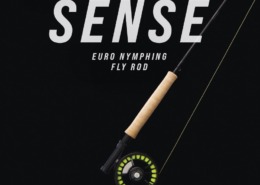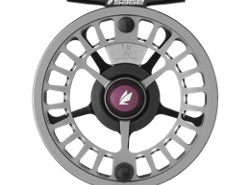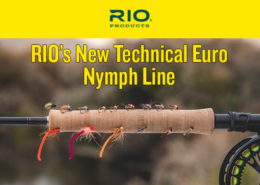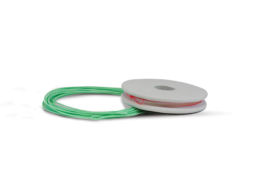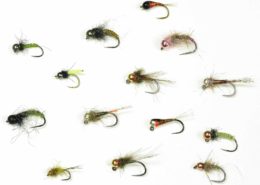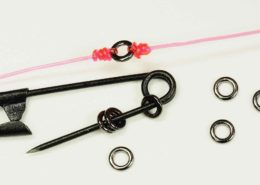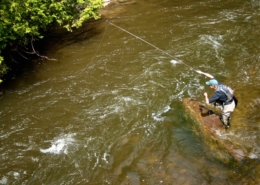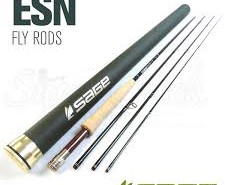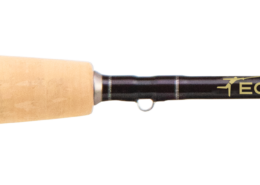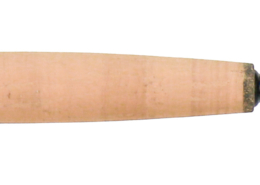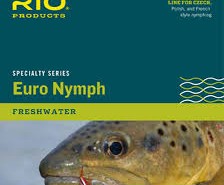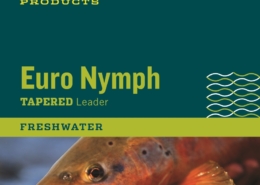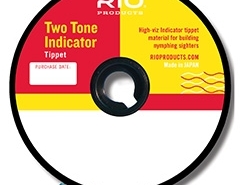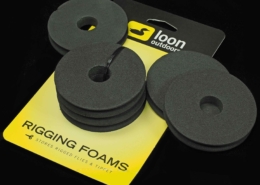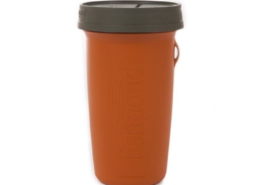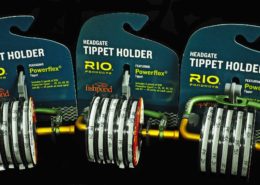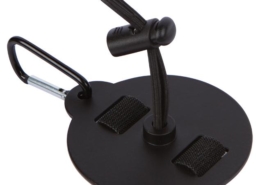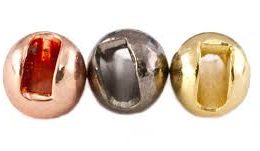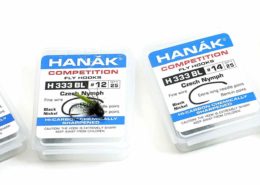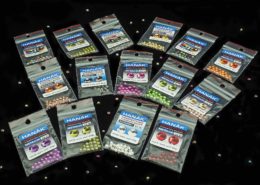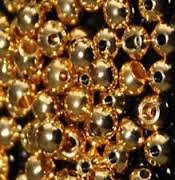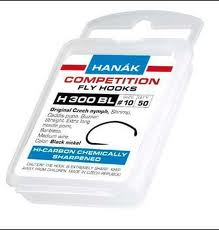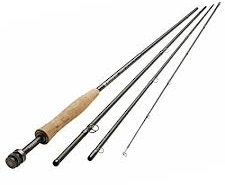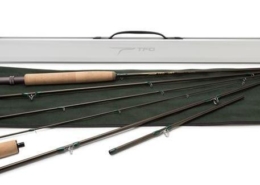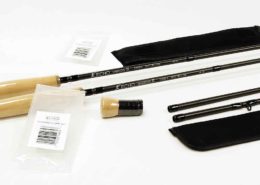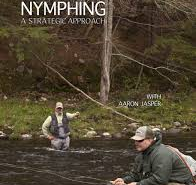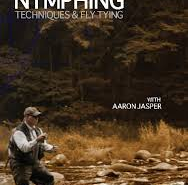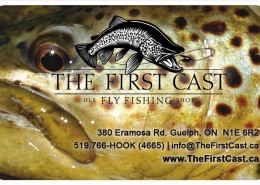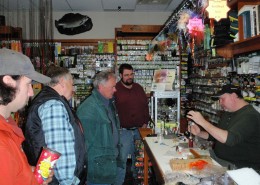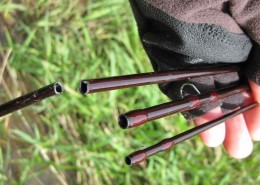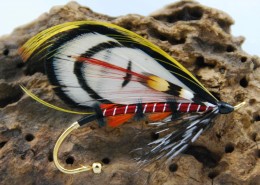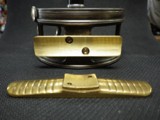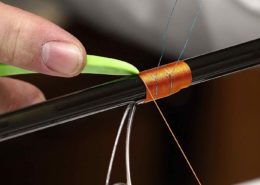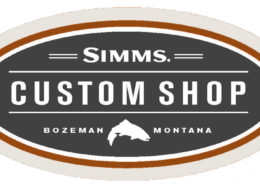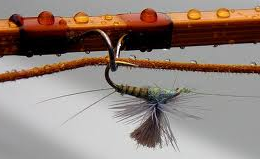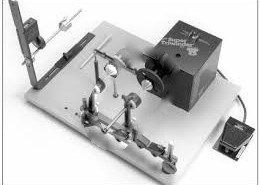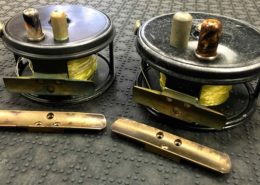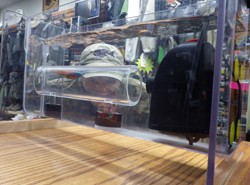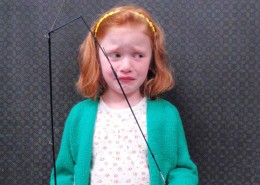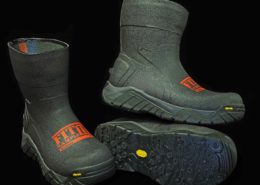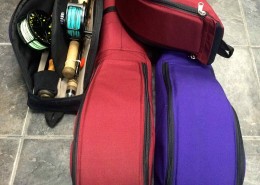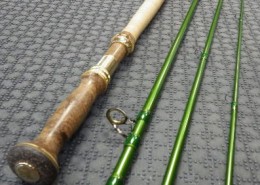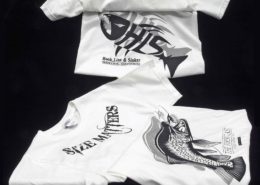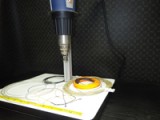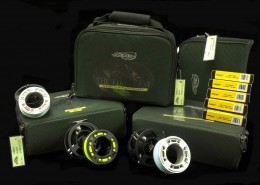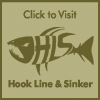The First Cast – Euro Nymphing 101
What is Euro Nymphing:
Euro nymphing is a combination of all of the European techniques.
- Czech Nymphing – Short line under the rod tip;
- French Nymphing – Long line up stream;
- Spanish Nymphing – Long Line side stream presentation.
We combine all of these techniques and do them as needed by using a single leader. This allows us to use them whenever the situation is appropriate allowing you to switch as needed and fish a full 360 degrees.
Some of these techniques are also referred to as Leader to hand since we will be using long leaders from 450cm to 900cm plus the fishing leader which is and additional 60cm.
The Equipment:
The rod is important when considering the euro nymphing technique as the long leaders require a long rod with a parabolic action.
Minimum length is 10’ foot which could be used for smaller stream but ideal rod length is 11’ but these can be hard to get in North America.
The Leader:
The leaders for this technique are important. You can tie your own or purchase tapered knotless leaders.
I recommend purchasing knotless tapered leaders as with the euro nymphing technique you will be stripping the long leader through the guides as you lengthen and shorten the leader for the various techniques.
However if you want to tie your own leader I would recommend to use the following from the French National Fly Fishing team:
Pascal Cognard:
| Nymphing Leader – Total Length 5.75m Diameter | Length in cm | |
| Digressive (Windy) /
Progressive (Non-Windy) |
||
| 0.45 | 75 | 45 |
| 0.40 | 65 | 50 |
| 0.35 | 55 | 55 |
| 0.30 | 45 | 60 |
| 0.25 | 35 | 65 |
| 0.20 | 50 | 50 |
| 0.15 | 50 | 20 |
| 0.008-0.12 (Fishing Leader) | 200 | 200 |
Jerome Brossutti:
| Nymphing Leader – Total Length 4.85 Diameter | Length in cm |
| 0.45 | 40 |
| 0.40 | 45 |
| 0.35 | 50 |
| 0.30 | 55 |
| 0.25 | 60 |
| 0.20 | 65 |
| 0.15 | 70 |
| 0.008-0.12 (Fishing Leader) | 100 |
Between the leader and the fishing leader we put a sighter.
Sighters can be:
- Curlies or Spiral Indicator;
- Knotted Sighter;
- Coloured mono;
- Coloured braid.
The Flies:
The advantage of Euro Nymphing is you learn techniques that allow you to use smaller nymphs then traditionally used in the Czech nymphing style. We have started to tie many of our patterns on Jig hooks for the advantages they give in presentation and hooking.
- Ride hook point up; less snags;
- Most hook ups are in the fishes upper jaw; better hook;
- The jig rides point and tail up looking like a nymph trying to swim into the rocks.
French Nymphing:
You can use one or two flies. Usually small weighted nymphs size 12 or smaller.
Spanish Nymphing:
You can use one or two flies. Usually small weighted nymphs size 12 or smaller.
Long Line:
This is a specialized technique that requires a heavy point fly as you will be casting long distance across current and best used with multiple files. Originally we used a level all mono leader, we have modified the technique to use the longer French leader – 900cm. 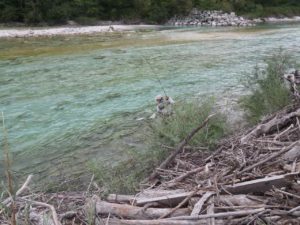
Czech Nymphing:
Traditional Czech nymph selection best used with multiple flies two to three flies with flies with a point fly weight for depth and current.
The Euro Techniques:
Below are some common guidelines of where and when to use the various techniques as they are designed for different types of water.
French Nymphing:
French nymphing is an upstream presentation designed for shallow waters usually less than 2 feet of water.
When French nymphing your goal is to present your flies/nymphs to all of the pockets and seams as you work upstream. You will be casting your leader with an open tuck cast then lifting the rod and retrieving line to continually stay in contact with your flies. This is where a long rod becomes essential as line/leader management is a must and the longer the rod the easier it is.
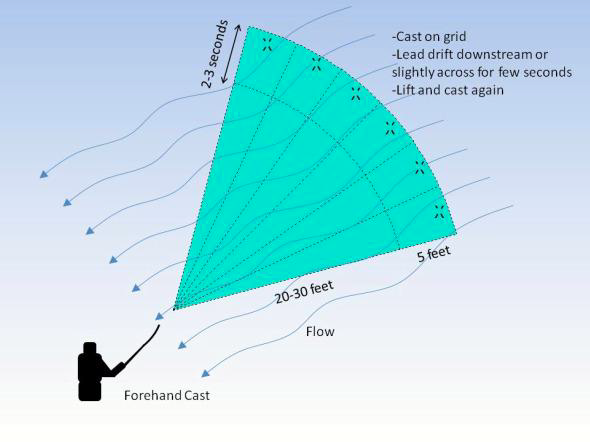
One of the advantages of French nymphing is you are using long leaders which is the only thing you are casting over the fish. Unlike Czech nymphing you can keep distance from the fish.
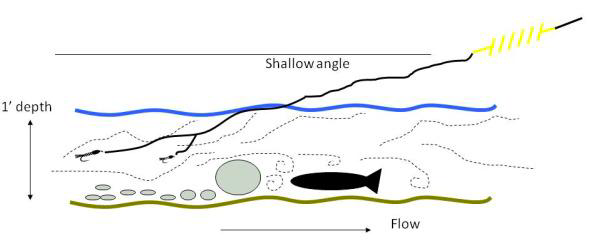
Shallow water = Shallow Angle
Deep water = Deep Angle
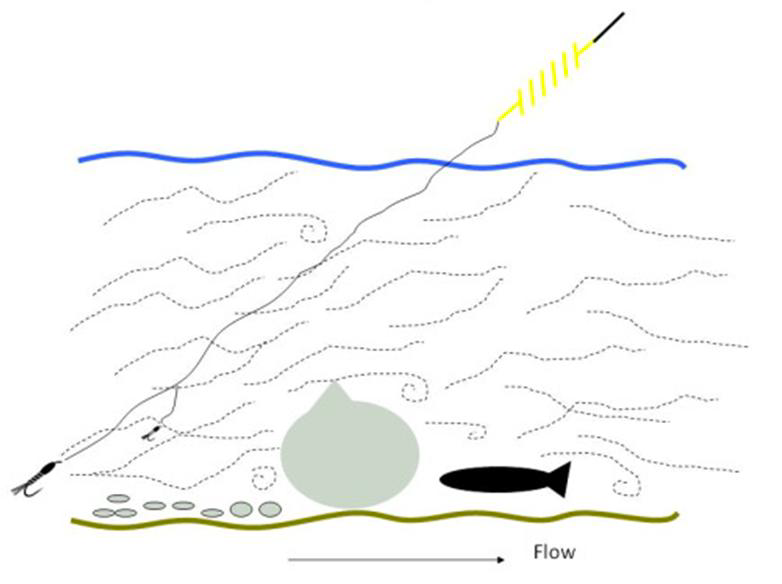
Spanish Nymphing:
Spanish Nymphing is an across stream presentation with a long leader. This technique is again designed for shallow waters usually less than 2 feet and like French design for small nymphs.
The cast is a lob cast with a haul. You need to swing the leader behind you then as you bring the leader forward haul and lob cast.
Like French nymphing, line management is very important as you will be fishing long leaders and need to stay in contact with your flies.
One of the advantages of Spanish nymphing is you are using long leaders which is the only thing you are casting over the fish. Unlike Czech nymphing you can keep distance from the fish.
Czech Nymphing:
Czech nymph is best used with multiple flies with a point fly weight for depth and current. It is a short line technique designed to fish under the rod tip.
It is best used in deeper broken water where you can stalk closer to fish.
Extra Tips:
Variations:
Speed up and slow down the flies.
- Try adding small lifts to the drift – Active Nymphing;
- You can also wiggle the rod tip;
- You can let the flies swing at the end of the drift;
- You can extend your reach by flipping across instead of directly upstream.
Tips:
- Keep your silhouette low; crouching or kneeling can help;
- Wade carefully to avoid spooking fish;
- Work all water within reach.
- Recommended Resources:
Books:
- Dynamic Nymphing by George Daniels;
- Czech Nymph and Other Related Fly Fishing Methods By Karel Krivanec;
- Secret Flies of the Czech and Slovak Fly Tyers Editor Vaclav Liska;
- Tactical Fly Fishing by Jeremy Lucas.
DVDs:
Euro Style Nymphs – Droppers by Arron Varga
Introduction:
Dropper/Micronymphs are smaller offerings that more readily imitate mayflies and smaller caddis larva present in most streams. The smaller nymphs are a great choice on the French set-up as they will not make a huge splash but will still get down fast.
Here are some characteristics of the dropper/micronymphs:
- Typically size 12 and smaller;
- Most are tied with just a tungsten bead and no additional weight in the underbody;
- Some are tied with just small lead wire under the body to add the slightest amount of weight;
- They will all have some sort of trigger spot whether it is near the head of the fly or a tag on the butt section;
- There are a few patterns that have a soft hackle collar of partridge, hen hackle or CDC collar to give the fly a little more action in the water.
There are a tremendous number of variables to overcome when fishing with micronymphs. Hydraulics, climate and behavioral factors of the fish will affect the size, color, and weight of the fly or flies you need to use. Generally you will only fish one or two flies with this method, one close to the bottom and one suspended in the water column.
The flies are still lead and sometimes even pulled through the run which will cause the fish to turn and eat thinking that the offering is escaping. I know it seem strange that you are actually going to pull the flies and not dead-drift them, but trust me, it really works!
With time and experience you begin to appreciate the productivity of this method and add yet another method of catching fish to your arsenal.
Some of my favourite droppers/micro nymphs are:
- Perdigon style mayfly nymphs;
- Catgut caddis larvae and pupae;
- Polish Winged Quill Nymph;
- Sexy Walt’s worm.
Ontario’s Upper Grand River Olive Perdigon:
I have found this to be a top producing fly for me in the last couple of years and though olive is my favourite color I also tie in brown.
Perdigon nymphs were designed for targeting trout in clear waters frequented by many fly fishers. Literally translated, Perdigon means pellet owing to this pattern style’s slender lines and quick descent characteristics. Much like a pellet. Although considered a Spanish design, perdigon nymphs originated in France, migrating over the Pyrenees where their popularity and use exploded. Perdigon nymphs can be tied in a range of sizes but smaller versions, #14 through #18, work best.
A perdigon nymph’s tapered body is a function of material choice and a body coating, typically U.V. resin, varnish or lacquer. Common body choices include Crystal Flash, Flashabou, stripped peacock quill and a relatively new product, Body Quill. Of these body choices Body Quill is fast becoming a personal perdigon favorite. Body Quill is a spooled multi-strand thread that is available in a range of interesting colours. Although thicker than standard 8/0 or 70 denier tying thread, Body Quill allows you to tie in materials and form a finished body without changing products. Body Quill is also an excellent option for chironomid pupae and larvae patterns, particularly smaller sized 16’s and 18’s. Traditional thread is only required if you wish to form a hot spot thorax, typically hot pink or hot orange, directly behind the bead. Hot spots are common components to many European patterns, especially Spanish designs such as perdigon nymphs.
Hook: Jig #14-18;
Tail: Coq de Leon (you can substitute stiff hackle feathers – brown);
Body: Hends Body Quill BQ-39 or BQ-35 (you can substitute olive thread);
Hot Spot: Fl.Fire Orange thread;
Coating: UV Resin;
Thorax: Black Permanent Marker;
Bead: Slotted tungsten (unfinished and black are my favourite).
Catgut Caddis:
Catgut Bio-thread is used for its realistic look and it’s easy to tie.
When tying with catgut bio-thread place it in warm water for 3- 5 minutes before tying with it.
Note: When the fly dries there may be gaps in your wraps but don’t worry. Just tie on and add river water and the bio-thread will expand and become translucent.
Hook: Scud #14-18;
Body: Catgut Caddis Green, Olive, Plain – size small or extra small;
Thread: 8/0 or smaller; white;
Thorax/Collar: Black Peacock Ice Dub blended with Black Possum;
Bead: Tungsten (unfinished and black are my favourite);
Optional: Before wrapping the bio-thread wrap in a tag on mirage pearl tinsel.
Polish CDC Winged Quill Nymph:
This is one of my favourite nymphs when mayflies are in the water. Instead of wrapping a collar of CDC to simplify the fly we just tie in fibres along the top or bottom of the fly to add movement. This idea can be added to any fly pattern to add some movement and is a great way to use up CDC trimmings.
Hook: Jig #12-18;
Tail: Partridge fibres;
Body: Hends Body Quill Brown or Olive;
Tag Hot Spot: Fl.Fire Orange thread;
Legs: CDC Fibres – length of body;
Thorax: Peacock Ice dub;
Bead: Slotted tungsten (unfinished and black are my favourite).
Sexy Walt’s Worm:
This pattern was designed by Loren Williams and has is my most productive fly and it can be fished either on the point or on the dropper. The secret to tying this fly is to use the touch dub method.
Hook: Jig #12-18;
Body: Hare’s ear mixed with squirrel;
Rib: Small mirage opal tinsel;
Thread: 8/0 red;
Bead: Slotted tungsten – copper is my favourite colour for this fly.
See here for information on our Euro Lessons with Arron Varga.
See here for some of the Euro Style Rods we inventory.
Wee here for some of the Euro Style Fly Reels we inventory.
See here for the Euro Style Fly Lines we inventory.
See here for some of the Euro Leaders we inventory.
See here for the Tippet Rings we inventory.
See here for some of the Euro DVD’s we inventory.
Contact Us for current Inventory and Ordering Details.
We are the leading provider of Fly Fishing Lessons, Corporate Team Building, and Guiding Services on the Upper Grand River, the Upper Credit River, and the Conestogo River.
No Guelph, Fergus, Kitchener or Cambridge Fishing Tackle Retailer will boast as complete and diverse a store inventory, including a vast selection of Fly Fishing Rods, Fly Fishing Reels, Fishing Waders, Wading Boots and Streamside Accessories.
Order a HLS or TFC Gift Card – We will put one in the mail for FREE!
Clearance Sale Fly Shop Flyshop Flyfish Grand River Fly fish Grand River Guide Grand River Lesson Grand River Fergus Ontario Canada

